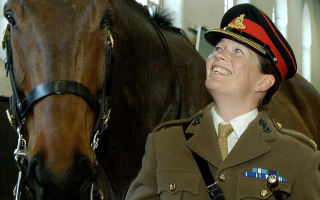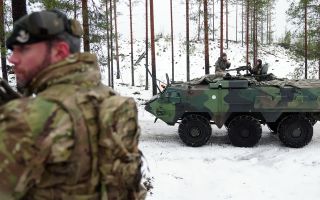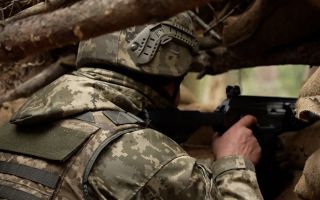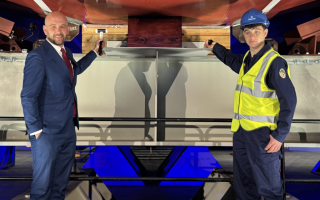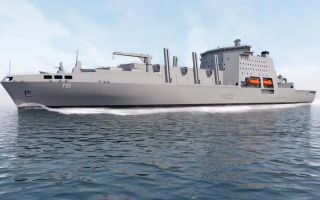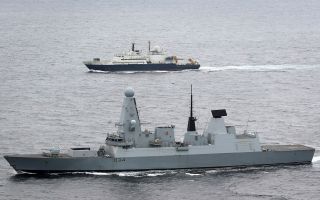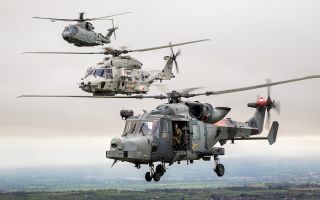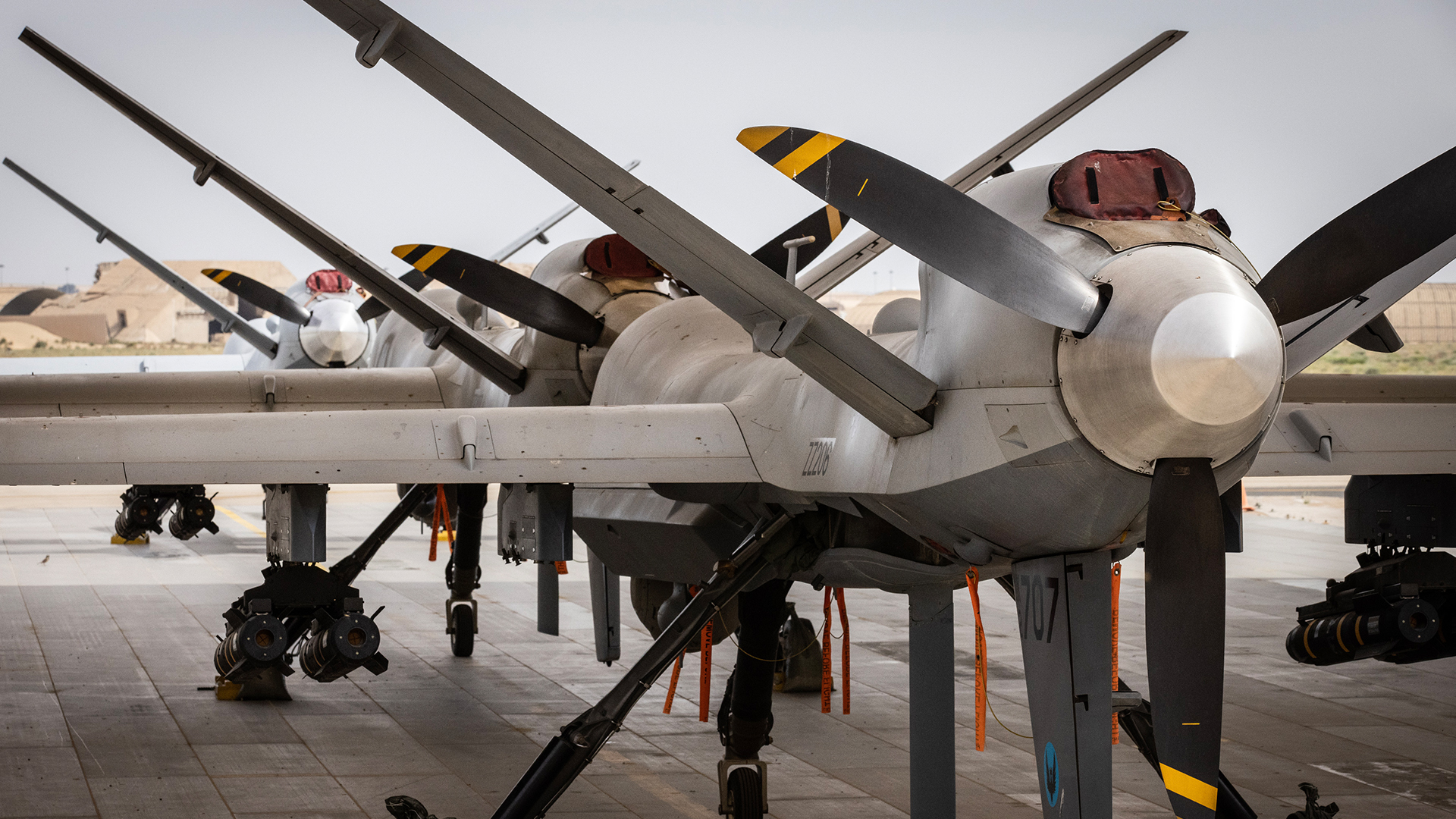
RAF Reaper flies its final operational mission marking the end of 18 years of service

The RAF's MQ-9 Reaper has flown its final operational mission, marking the end of an 18-year chapter for the remotely piloted aircraft.
Introduced in 2007, Reaper was first deployed to support UK forces in Afghanistan before later joining coalition operations in Iraq and Syria under Operation Shader.
Over its service life, the aircraft has flown more than 173,000 hours, the equivalent of almost 20 years in the air.
- Known Islamic State terrorist killed in RAF Reaper strike in northwest Syria
- RAF Reaper drone successfully targets Daesh terrorist with Hellfire missile in Syria
- Operation Shader: Nine years of fighting so-called Islamic State in Iraq and Syria
Operated by XIII Squadron from RAF Waddington in Lincolnshire, each Reaper mission involved a pilot, a sensor operator and a mission intelligence coordinator based in the UK, while the aircraft itself flew in the Middle East.
"It is a great honour to command XIII Squadron at this historic time," Group Captain Stu McAdam, Officer Commanding XIII Squadron, said.
"It is with a heavy heart but immense pride to have flown our last mission and retire the MQ-9A Reaper from service following 18 years of continuous operations.
"With the introduction of the MQ-9B Protector, the future is certainly bright for XIII Squadron and the wider Remotely Piloted Air System enterprise. I have full confidence they will continue to deliver operational excellence for the RAF ISTAR Force," he continued.
Reaper's retirement brings to a close almost two decades of near-continuous operations for the RAF's first armed drone, a system that has seen the evolution of the UK's remotely piloted air capability from an urgent wartime requirement to a permanent part of the service's fleet
The rise of armed RPAS
RPAS stands for Remotely Piloted Air System. While the war in Ukraine has shown that drones are now a staple of warfare, watching, guiding and striking at a pace traditional air power can't always match, their development dates back to before the Second World War.
The UK's route to a weaponised remotely piloted aircraft runs from the Royal Navy's 1930s Queen Bee target aircraft, through Vietnam-era reconnaissance drones and the Israeli-led revival of UAVs that produced the Pioneer used in the 1991 Gulf War.
In the 1990s, engineer Abraham Karem's Amber and Gnat designs evolved into General Atomics' Predator, flown over the Balkans and fitted with a laser to speed targeting and by late 2001, Predator was firing Hellfire missiles in Afghanistan, with wider use following in Iraq and, in 2002, in Yemen.
The larger, purpose-built MQ-9 Reaper followed in 2007.
RAF crews had already been flying US Predators from 2004, and the UK's own Reapers began operations in Afghanistan in October 2007, carrying out their first weapons release in May 2008.
What's next: Protector
The MQ-9B Protector RG Mk1 replaces Reaper in RAF service.
It is designed to fly for more than 40 hours and carries updated sensors and weapons.
Crucially, it is certified to fly in UK airspace, allowing launches and recoveries from RAF Waddington.
Protector will be used for surveillance, search and rescue and armed tasks, including missions with Nato partners.
It entered RAF service in June 2025.

